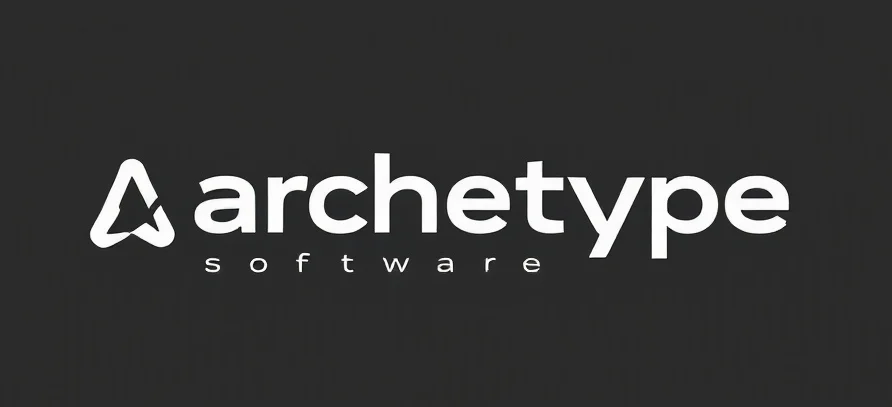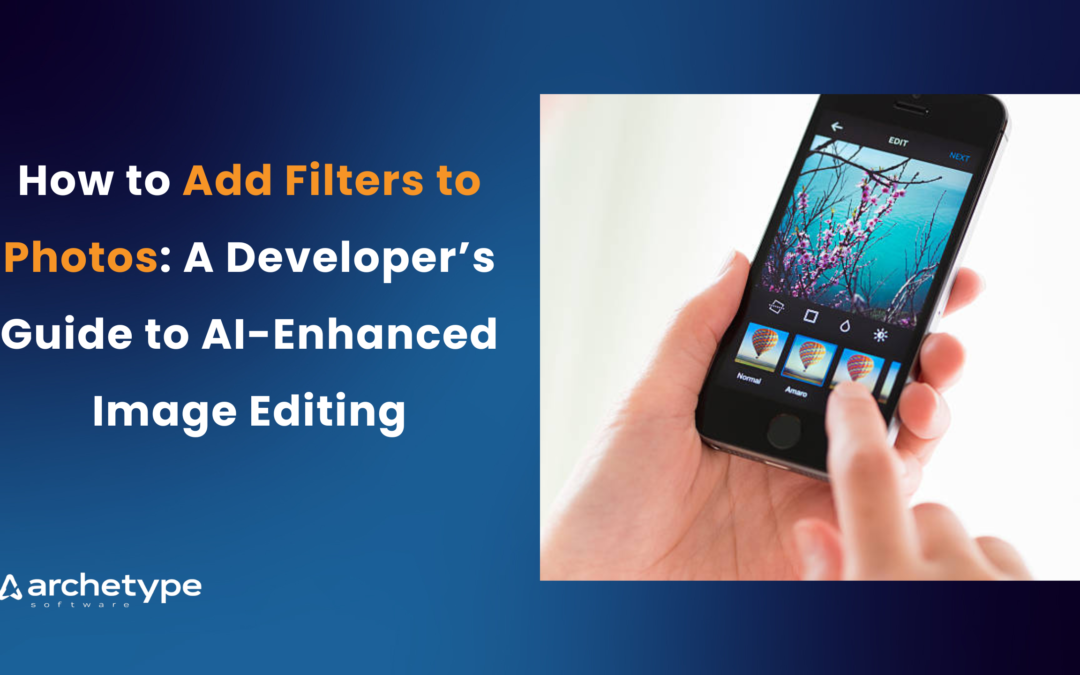Whether you’re developing an e-commerce platform, a social media app, or a content-driven website, high-quality images can make or break the user experience. For developers and tech enthusiasts, understanding how to enhance images with filters is an invaluable skill. It can elevate your platform’s visual appeal, streamline workflows, and meet the demands of a visually-driven audience.
This guide explores how to apply filters to photos, emphasizing the use of AI tools like ProductScope AI to simplify and enhance the process. By leveraging cutting-edge technology, you can achieve professional results without requiring extensive photo editing expertise.
Why Apply Filters to Photos?

Photo filters are not just for artistic flair; they serve a range of practical purposes that cater to both technical and aesthetic needs.
Here’s why filters matter:
1. Consistency Across Visuals
Filters help establish a consistent visual identity, a critical component of branding. Whether you’re managing a catalog of product photos or a series of app-generated user images, applying the same filter across all images ensures uniformity. This consistency enhances the professional appeal of your platform or app.
2. Enhancing Image Quality
Filters allow you to quickly fix lighting issues, balance colors, and improve overall image clarity. This is particularly useful for e-commerce platforms, where better images often lead to higher conversion rates.
3. Setting the Mood
Filters are powerful tools for creating an emotional connection. They can transform a neutral image into something that resonates with a specific audience, whether it’s through warm tones for a nostalgic feel or cool tones for a futuristic vibe.
For a deeper dive into why and how filters enhance images, check out the comprehensive article on How to Add Filters to a Photo.
Canva Photo Editor vs. ProductScope AI: Which One is Right for You?
Applying filters to photos can enhance their quality and appeal, whether for social media, marketing, or professional use. Two popular tools, Canva Photo Editor and ProductScope AI, offer different approaches to image editing. This comparison will help determine which tool best fits your needs.
1. Ease of Use
Canva Photo Editor
- Simple, drag-and-drop interface
- Designed for beginners and casual users
- Quick application of filters with minimal effort
ProductScope AI
- AI-powered automation for fast enhancements
- Ideal for businesses needing bulk image editing
- Minimal manual adjustments required
Which one to choose? If you prefer hands-on editing with full control, Canva Photo Editor is a better fit. If you need AI-driven automation for bulk processing, ProductScope AI is the more efficient option.
2. Filter and Editing Options
Canva Photo Editor
- Provides a variety of preset filters
- Allows users to adjust brightness, contrast, and saturation
- Includes a black and white filter to make image black and white
ProductScope AI
- Uses AI to enhance image quality beyond basic filter adjustments
- Automatically optimizes brightness, contrast, and sharpness
- Works as an advanced black and white image converter, ensuring consistent results
Which one to choose? Canva Photo Editor is great for users who want quick, manual filter applications, while ProductScope AI offers a more automated approach with advanced enhancements.
3. Customization and Editing Tools
Canva Photo Editor
- Offers basic editing tools such as cropping, resizing, and text overlays
- Allows users to manually tweak filters and effects
ProductScope AI
- Focuses on AI-driven improvements rather than manual editing
- Best for automated image optimization without requiring user adjustments
Which one to choose? Canva Photo Editor is ideal for those who prefer detailed manual editing, while ProductScope AI is better for users who want AI to handle the optimization process.
4. Best Use Cases
| Feature | Canva Photo Editor | ProductScope AI |
|---|---|---|
| Ease of Use | Simple and beginner-friendly | AI-powered automation |
| Filters | Basic presets, including black and white filter | AI-enhanced filtering with optimization |
| Editing Tools | Crop, resize, add text | Automated optimization |
| Best For | Social media, marketing, creative projects | Bulk image editing, e-commerce, product photography |
Final Verdict:
- If you need a straightforward editor for social media or creative projects, Canva Photo Editor is a solid choice.
- If you require AI-powered automation for bulk editing, such as an advanced black and white image converter, ProductScope AI is the better option.
Both tools offer valuable features, and the best choice depends on your specific needs.
Using AI Tools for Photo Filtering

Traditional photo editing often requires advanced skills and software expertise. However, AI-powered tools like ProductScope AI are revolutionizing the way we approach image editing.
These tools automate much of the process, making professional-grade results accessible to developers, designers, and even non-technical users.
Key Features of ProductScope AI:
- User-Friendly Interface The tool is designed for seamless navigation, ensuring that users of all skill levels can edit images effortlessly. Clear menus, drag-and-drop functionality, and real-time previews simplify the editing process.
- High-Quality Filters ProductScope AI offers an extensive library of filters that cater to various needs, from enhancing product photos to creating Instagram-worthy effects. These filters are optimized for modern visual standards, ensuring images look polished.
- Advanced Customization Beyond pre-designed filters, users can adjust the intensity, brightness, contrast, and saturation, offering granular control over the final image. This flexibility is ideal for those who want to fine-tune their visuals.
- Efficiency and Speed Thanks to AI-powered automation, tasks that once took hours can now be completed in minutes. Batch editing options further streamline workflows, allowing users to apply filters to multiple images simultaneously.
Step-by-Step Guide to Adding Filters Using ProductScope AI

Let’s break down how to use AI to apply filters effectively, using ProductScope AI as an example.
Step 1: Upload Your Photo
Begin by selecting a high-resolution image. High-quality inputs ensure the best results, as low-resolution images may not showcase the filter’s full potential. ProductScope AI supports various file formats, making it easy to upload and get started.
Step 2: Explore Filter Options
Once the image is uploaded, browse through the wide range of filter presets available. The intuitive interface groups filters by category (e.g., natural, vibrant, vintage), helping you quickly find the perfect match.
Step 3: Adjust Filter Intensity
Every image is unique, and a filter that works perfectly for one photo might overpower another. ProductScope AI offers a simple slider tool to adjust filter intensity, ensuring the effect complements the image without overwhelming it.
Step 4: Fine-Tune Settings
In addition to filters, you can adjust brightness, contrast, saturation, and sharpness. These settings allow you to perfect the image and align it with your project’s specific requirements.
Step 5: Save and Export
Once you’re satisfied with the edits, save the image in your desired format and resolution. ProductScope AI ensures that even edited images retain their original quality, making them suitable for professional use.
Benefits of Using AI for Photo Editing
For developers and businesses, integrating AI tools into your workflow offers a multitude of advantages:
1. Time Efficiency
Manual photo editing can be labor-intensive, especially for bulk image processing. AI tools automate repetitive tasks, allowing you to focus on more strategic work. Features like batch editing can save hours of manual effort.
2. Accessibility
AI-powered tools eliminate the steep learning curve associated with traditional software. Even if you’re new to photo editing, you can achieve high-quality results with minimal effort.
3. Scalability
Whether you’re editing a single image or hundreds, AI tools like ProductScope AI can handle projects of any size. This scalability is ideal for developers managing image-heavy platforms or apps.
4. Consistent Results
AI ensures that filters and adjustments are applied consistently across all images. This consistency is essential for maintaining a cohesive visual style, particularly in e-commerce and branding.
5. Cost-Effective
Compared to hiring professional editors or purchasing high-end software, AI tools offer a budget-friendly solution without compromising on quality.
Best Practices for Developers
For developers incorporating photo filters into their apps or platforms, consider these tips:
- Optimize for Mobile: Ensure that filter functionalities are mobile-friendly, as most users will engage with photo editing tools on their smartphones.
- Customizable Filters: Offer users the ability to adjust filter intensity and settings for a more personalized experience.
- Real-Time Previews: Real-time rendering of filter effects improves usability and user satisfaction.
- Batch Editing: For e-commerce or user-generated content, enabling batch editing can significantly enhance efficiency.
Checkout ProductScope AI’s Studio (and get 200 free studio credits)
Conclusion
Adding filters to photos isn’t just about aesthetics—it’s a strategic move to elevate the quality and appeal of your digital platforms. With AI tools like ProductScope AI, developers can streamline the editing process, ensuring high-quality visuals that resonate with their audience. Whether you’re building an app, managing an e-commerce site, or simply enhancing personal photos, these tools empower you to produce professional-grade images effortlessly.
Explore the full potential of these tools and learn more in the complete guide on How to Add Filters to a Photo.

